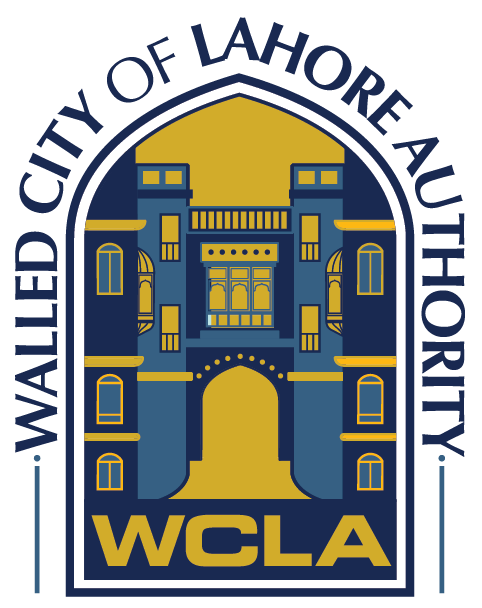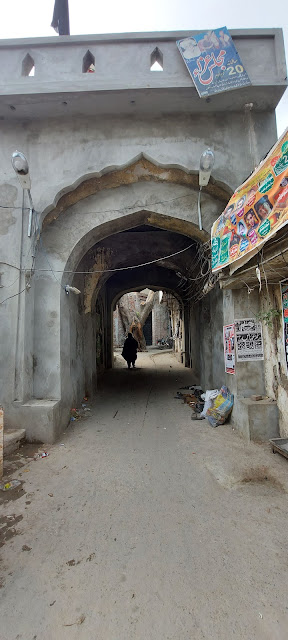The Mughal empire left an indelible and prolific mark on the subcontinent by reviving Islamic architecture. A number of iconic monuments, mosques, palaces and forts were built during this time, which were an amalgamation of Persian, Indian and other provincial influences. The character and composition of each structure boasted superior quality, perfect symmetry, intricate details and refined ornamentation. Geometrical shapes, minarets, grand halls, pointed arches and large gateways were the most distinctive elements of Mughal architecture.
Dating back to 2000 B.C., the roots of the Old City overlap with the Indus Valley Civilisation, but it wasn’t until the invasion of the Mughals that it became prominent, especially during the reign of Akbar the Great. Several landmarks were built inside the city during that time. Its 13 gates served as protection and passageways, and would be closed after sunset to keep intruders out.


